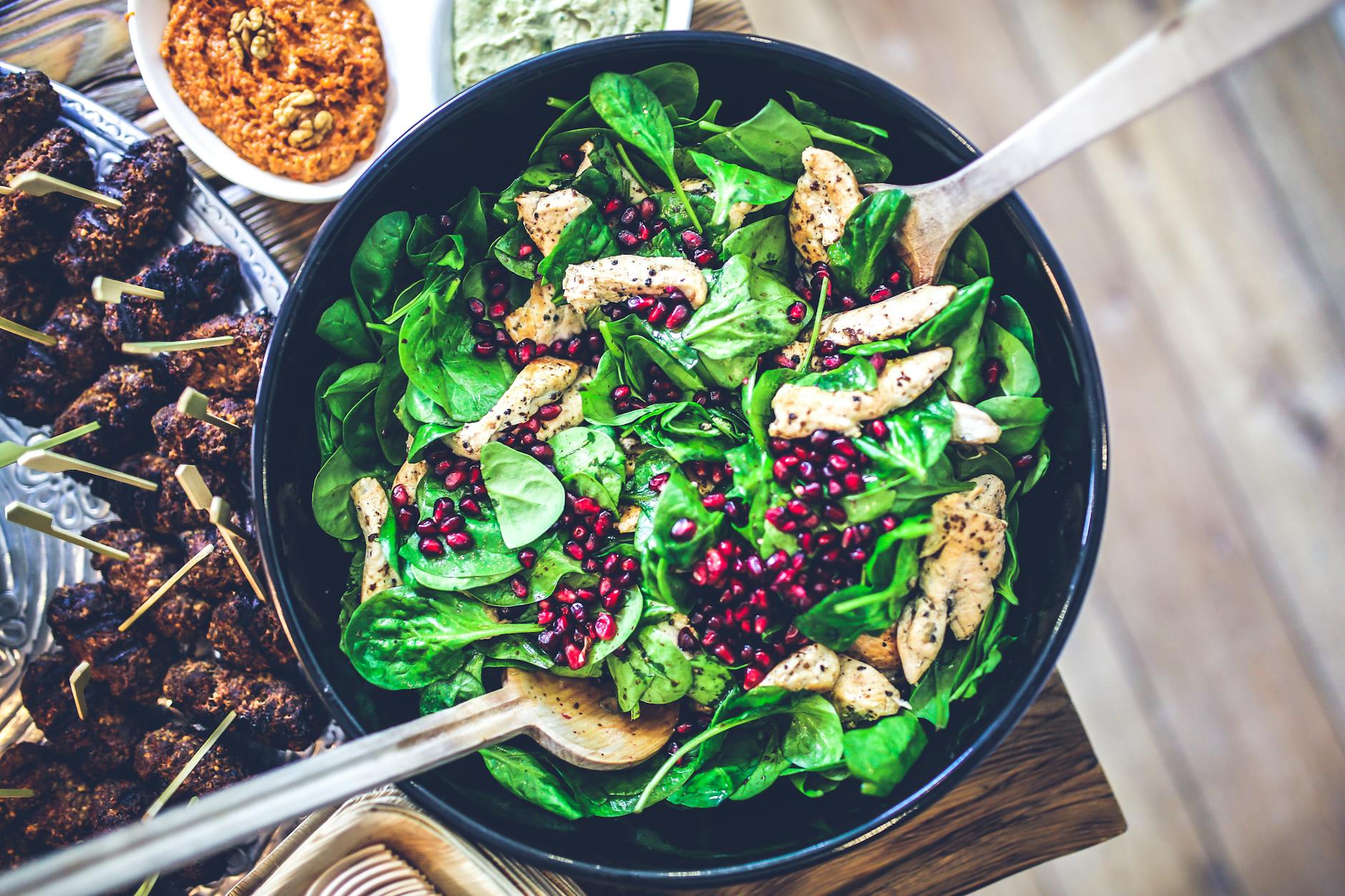How to Incorporate Plant Based Proteins into Your Pregnancy Diet
Pregnancy brings a host of changes both exciting and challenging. One of the most important is ensuring you and your baby get enough high quality protein for growth and development. While many of us think instantly of meat and dairy, plant based proteins pack a powerful nutritional punch. With a bit of creativity, you can build delicious meals around beans, lentils, tofu, nuts, seeds, and whole grains — all without relying on animal products. Ready to explore? Let’s dive in.
Why Plant Based Protein Matters During Pregnancy
Protein is the building block for every cell in the body. During pregnancy your daily needs jump from about 46 grams to roughly 71 grams. That extra protein supports the growth of your baby’s organs, the expansion of your own blood volume, and the development of the placenta. But animal sources of protein can feel heavy or repetitive. Plant based alternatives offer fiber, antioxidants, and heart healthy fats alongside protein. Plus they can help you avoid excess saturated fat and cholesterol.
Have you ever tried a breakfast burrito with black beans instead of bacon? It’s just as satisfying and adds fiber to keep blood sugar steady. Or what about a creamy lentil soup that doubles as a freezer friendly make ahead lunch? By mixing and matching plant proteins, you’ll never run out of fresh ideas — and you’ll meet both your protein goals and your taste buds’ demands.
Key benefits of plant based protein in pregnancy:
- Provides complete nutrients including fiber and phytochemicals
- Helps maintain healthy cholesterol levels
- Supports steady digestion and blood sugar control
- Easy to customize for taste preferences and dietary needs

Top Sources of Plant Based Protein
Not all plant proteins are created equal. To cover all nine essential amino acids, pair complementary sources throughout the day. Here are staples to keep on hand:
- Beans and Legumes – Black beans, chickpeas, kidney beans, navy beans and more. One cup cooked provides around 15 grams of protein.
- Lentils – Green, red, brown lentils cook in under 30 minutes and supply about 18 grams per cup cooked.
- Tofu and Tempeh – Soy based stars, offering 20 grams of protein per half cup for tofu and 15 grams for tempeh.
- Quinoa and Whole Grains – Quinoa is a complete protein at 8 grams per cup cooked. Farro, barley, buckwheat, and oats contribute 5 to 7 grams per cooked cup.
- Nuts and Seeds – Almonds, pistachios, pumpkin seeds, chia seeds and hemp hearts each add 4 to 6 grams per ounce. Sprinkle them on salads or blend into smoothies.
Tip: Rotate your choices. If you enjoy a lentil chili one night, try a tofu stir fry the next. This not only prevents boredom but maximizes nutritional variety.
Creative Meal Ideas
Breakfast Boosters
Start your day strong with a mix of protein and fiber. Overnight oats with chia seeds and almond butter provide sustained energy until lunchtime. Or scramble crumbled tofu with turmeric, spinach, and diced tomatoes — a tofu rancheros twist that feels indulgent yet nutrient dense.
If you prefer smoothies, blend silken tofu or a scoop of hemp protein powder with berries, banana, and spinach for a creamy drink that keeps you full until your next snack.

Lunch and Dinner Inspiration
Lentil taco bowls deliver a family friendly meal in under 30 minutes. Season cooked lentils with cumin, paprika, garlic powder, and a squeeze of lime. Then layer over brown rice with shredded cabbage, avocado slices, and salsa. Boom — complete protein meal.
Chickpea salad sandwiches reinvent your classic lunch. Mash chickpeas with diced celery, red onion, a little mustard, and dairy free yogurt. Spoon onto whole grain bread and top with lettuce and tomato. On busy days, pack it in a reusable container and keep refrigerated until it’s time to eat.
One pan vegan stir fry is another lifesaver. Toss cubed tempeh, broccoli, bell pepper, and snap peas in a garlic ginger sauce. Serve with quinoa to ensure every bite counts toward your protein target.
Snack Smart
When cravings strike mid afternoon, reach for protein rich snacks instead of sugary treats. Roasted pumpkin seeds dusted with smoked paprika, nut butter on apple slices, or homemade energy balls made from oats, almond butter, chia seeds, and a touch of maple syrup all deliver around 5 to 8 grams of protein per serving.
Maximizing Nutrient Absorption
Plant based proteins can be rich in iron and zinc, but these minerals are best absorbed with vitamin C. Serve your beans and lentils with a side of bell peppers, tomatoes, or fresh citrus juice. For calcium, pair tofu in sauces made with fortified plant milks.
Soaking legumes and seeds overnight can reduce phytates, compounds that inhibit mineral absorption. If time allows, soak chickpeas or quinoa in water for four to eight hours before cooking. You’ll notice a lighter texture and improved digestibility.
Sample Plant Based Pregnancy Meal Plan
Here’s a one day plan that delivers around 75 grams of protein and all essential nutrients:
- Breakfast: Tofu spinach scramble with whole grain toast (20g)
- Morning Snack: Greek style almond yogurt with chia seeds and berries (10g)
- Lunch: Lentil taco bowl with avocado and salsa over brown rice (22g)
- Afternoon Snack: Roasted pumpkin seeds and apple slices with almond butter (8g)
- Dinner: Chickpea coconut curry with quinoa and steamed broccoli (20g)
Frequently Asked Questions
Can I get all essential amino acids from plant sources?
Yes. By varying your protein sources across meals — for example pairing beans with grains — you’ll cover all nine essential amino acids. Quinoa and soy are complete on their own.
Is it safe to eat raw nuts and seeds during pregnancy?
Absolutely. Raw nuts and seeds are safe if stored properly and eaten within their freshness date. If you have any allergy concerns, speak to your healthcare provider before increasing intake.
How do I track my protein intake?
Use a free app or simple food journal. Record the grams per serving on labels and aim for at least 20 grams at each main meal plus protein rich snacks.
Key Takeaways and Action Steps
- Rotate your plant protein staples — beans, lentils, tofu, nuts — to meet protein needs and prevent menu burnout.
- Pair with vitamin C rich produce to boost mineral absorption.
- Soak legumes when possible for better digestibility.
- Use one pan and make ahead strategies to save time on busy days.
- Track your daily protein and snack smart to stay satisfied until your next meal.
Incorporating plant based proteins into your pregnancy diet doesn’t have to feel restrictive. With the right ingredients and a dash of creativity, you can craft meals that nourish both you and your growing baby. Ready to get started? Share your favorite plant based pregnancy recipe in the comments below and let’s build a supportive community of moms fueling their journeys with wholesome plants!



